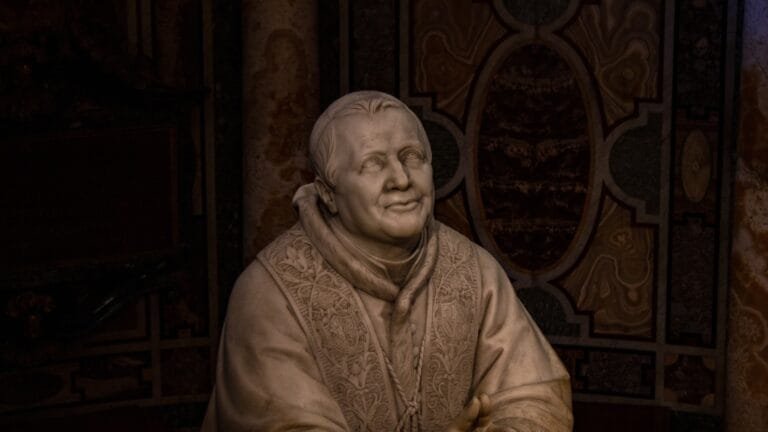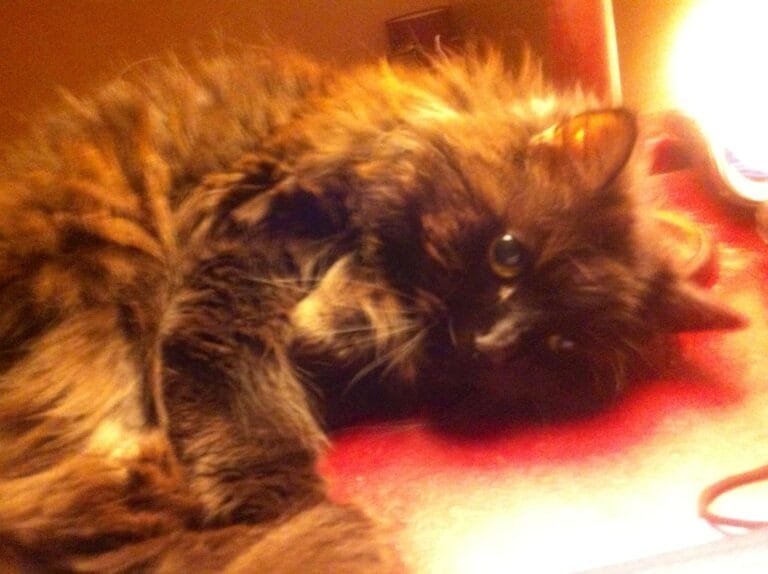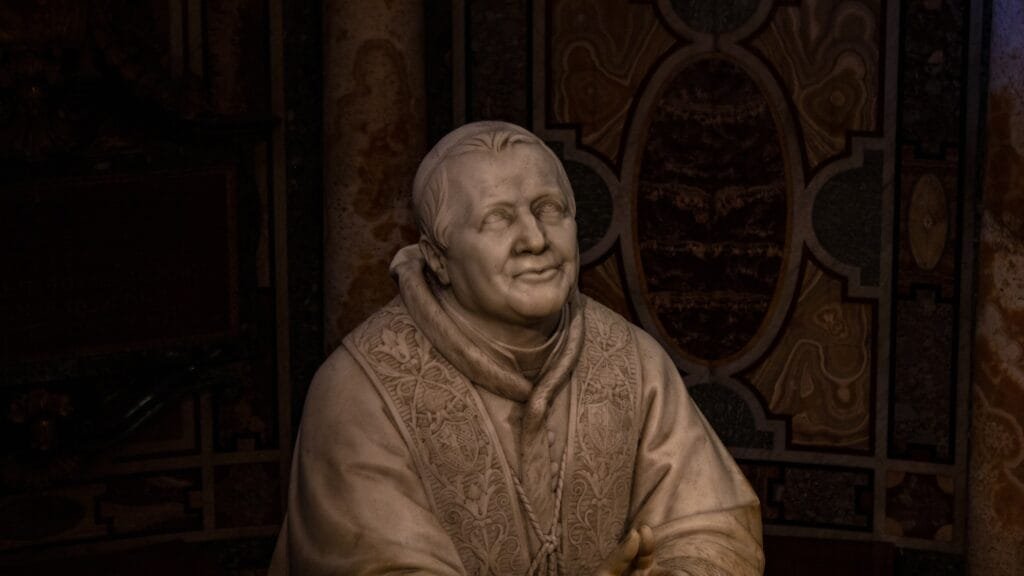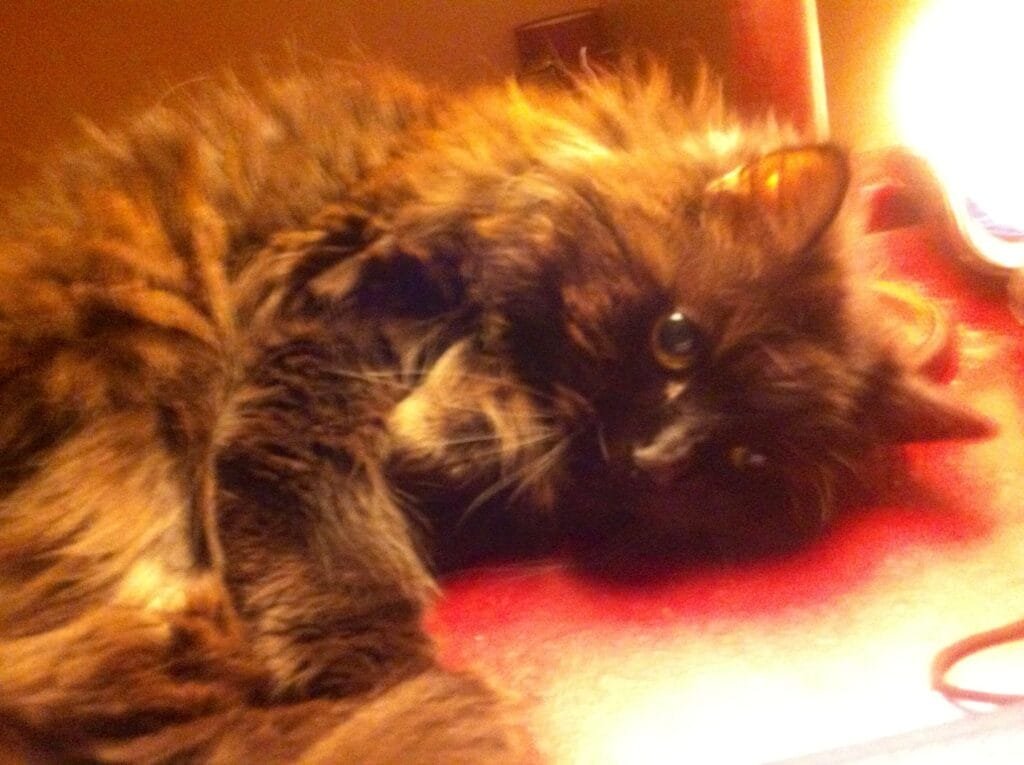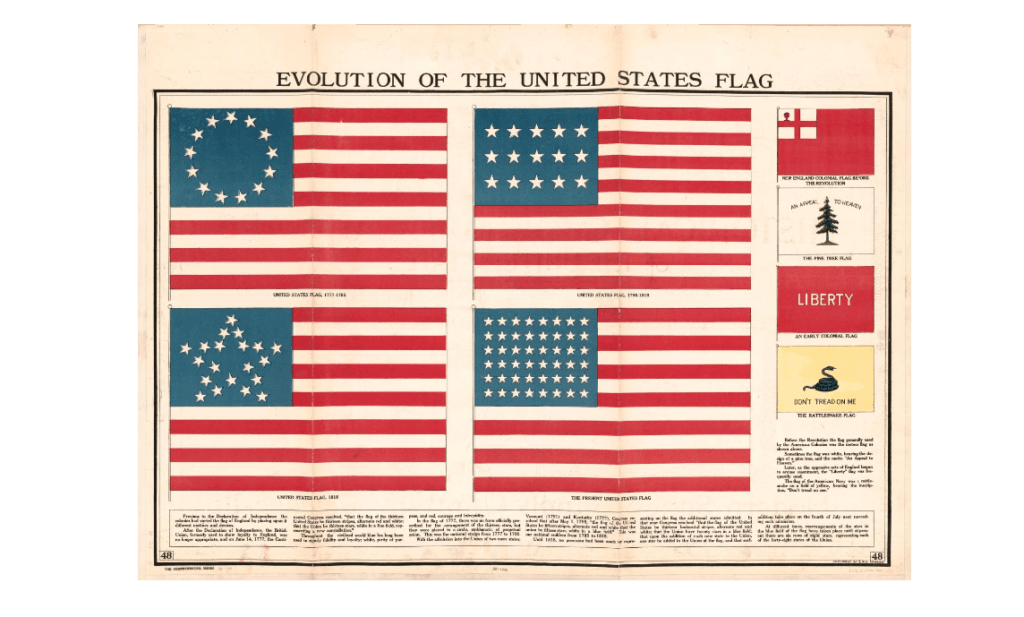Simpson’s flight from police in a white Ford Bronco in June 1994 set the stage. An estimated 95 million viewers watched the SUV lead a slow-moving, two-hour, police chase on Southern California’s iconic freeways. People even staked out overpasses along the chase route, and cheered Simpson on with signs.
This was a glimpse into the mind-set of the American people: show them something almost too absurd to be believed — the Bronco used a turn signal at one point when exiting off the highway — and they would watch. Producers and Hollywood executives were paying attention.
“That was, in many ways, the beginning of many things on TV,” said Mary Murphy, a longtime entertainment journalist who worked in Los Angeles when Simpson was charged and ultimately acquitted of the murder of his ex-wife, Nicole Brown Simpson, and her friend, Ron Goldman. When Simpson died on April 10 at age 76, Murphy was inundated with texts — three decades later, the phenomenon of the trial and its ripple effects still loom large in the entertainment industry.
Viewers tuned in en masse to Court TV to watch more than eight months of proceedings in O.J. Simpson’s 1995 murder trial, bolstering the culture’s appetite for true crime. The 24/7 cable news cycle became a permanent fixture. But the spectacle also helped shape another emerging genre, reality TV. (MTV’s “The Real World,” one of the first popular reality shows, debuted a few years before the trial.)
No need to pay legions of actors, writers and producers to dream up outlandish scenarios. Just stick some cameras in a courtroom as viewers become remarkably invested in people they had never heard of before, such as Kato Kaelin, the aspiring actor who was staying on Simpson’s property at the time of the murders, and became an overnight sensation when he took the stand.
“You were absolutely absorbed in their personalities. Kato Kaelin was some guy who lived in a guesthouse and suddenly became a star,” said Murphy, an associate professor at the USC Annenberg School for Communication and Journalism. “It was riveting — you knew every player, you knew every lawyer.”
Susan Lee, then an NBC executive overseeing daytime television, told the Los Angeles Times in 1995 that the trial was “one of the best soap operas ever seen on television” — and that actual soap ratings took a huge dive while it was on. “Suddenly people had the opportunity to see a real-live soap opera that had all the hooks and teasers and things you couldn’t believe happening every day.”
“It was kind of a new way of being famous,” said Brian Graden, who oversaw programs such as “Cops” and “America’s Most Wanted” as a Fox senior vice president of development at the time of the trial. Later, when he worked as an executive at MTV during the success of “The Real World” and other reality programming, he remembered a student during a focus group ask something like, “Why would I watch people pretend to be something if I could watch people who are the real thing?”
No one could have predicted the grip the trial was going to have on the American psyche, but in some ways, TV was ready for this moment. Michael Socolow was running the breaking news desk at CNN’s Los Angeles bureau for only three months when the Bronco chase happened, but he recalled that local television stations in California had already “found a winning ratings recipe in following car chases live from above.”
As the story unfolded, the tabloids invested heavily in trying to get every twist and turn, often leaving mainstream news in the dust. “There was unimaginable pressure on everybody in Los Angeles working for every news organization to get scoops,” said Socolow, who is now a media history professor at the University of Maine.
Shows like Geraldo Rivera’s new CNBC program “Rivera Tonight” devoted every night to the trial. Other shows like “Hard Copy,” “A Current Affair” and “Entertainment Tonight” feasted on the interest it generated.
But the trial itself also differed from earlier iterations of reality television. “After O.J., what they realized is they could obtain enormously high ratings with very cheap production costs, no actors, no producers, no writers and no sets,” said Socolow. The court essentially produced the show, piped through a box outside the courthouse to whichever stations wanted the feed. “I don’t think people realized how cheap the O.J. Simpson production was,” Socolow said.
The trial also had “a narrative arc that was building to a climax,” he said, combining several popular television formats — sports, game show, mystery — into one.
“Everyone was glued to their TV set … it seduced people into watching live,” Murphy added. “[Producers] realized that celebrities can just be born — and reality stars can be born right there in a courtroom.”
One of them was Kaelin, whose surfer hair and laid-back L.A. lifestyle almost served as comic relief during the trial, inspiring SNL spoofs. He would spend many years afterward appearing on reality shows, from “Celebrity Boot Camp” to “Celebrity Big Brother.” Another sudden star was Faye Resnick, Brown’s friend, who later showed up on “Real Housewives of Beverly Hills.”
The trial’s influence was even greater on a family that would become virtually synonymous with reality TV in the decades to come.
“The Kardashians emerged thanks to the name recognition from that trial,” said Robert Thompson, a television and popular culture professor at Syracuse University’s Newhouse School. The late Robert Kardashian, Simpson’s close friend and one of his defense attorneys, became a household name. That was enough to provide a boost to his ex-wife, Kris Jenner and her many children when they were tapped as E!’s newest stars on “Keeping Up with the Kardashians” in 2007 — which not only made the family superstars, but ushered in countless spin-offs and copycat series about wacky families.
The domino effect would play out for the next two decades, and not just because Kim Kardashian became the prototype of converting reality TV fame into various businesses — from fashion and beauty to games — and turned Kylie Jenner into a billionaire cosmetic baron. Networks like Bravo and TLC spawned subcultures of obsessives. Competition shows spurred careers of Grammy and Academy Award winners. And a certain host of “The Apprentice” used his show to rehabilitate his image from tabloid has-been into savvy businessman, which he then leveraged into a successful run for the White House.
Thompson doesn’t think the Simpson trial should be given too much credit for the explosion of reality TV. “The Real World” had already been on MTV for a few years by then. “Cops” had been on Fox since the 1980s and Court TV had another big ratings hit, the trial of the Menendez Brothers in 1993. And the genre didn’t really explode until years after the trial, with early-2000s hits like “Big Brother” and “Survivor.”
But the trial “trained all these newsgathering institutions, from Court TV to the networks, on how they could have a single story become an entire business model during the life span of that single story,” Thompson said. It also became the ultimate content generator, giving Jay Leno’s “Tonight Show” and other late-night comedy programs material for months.
“If we want to call that reality TV, then certainly the O.J. Simpson trial was a master class taught by the media themselves, of how to build up interest and equity in a single story, and then use it across the board,” he said.



